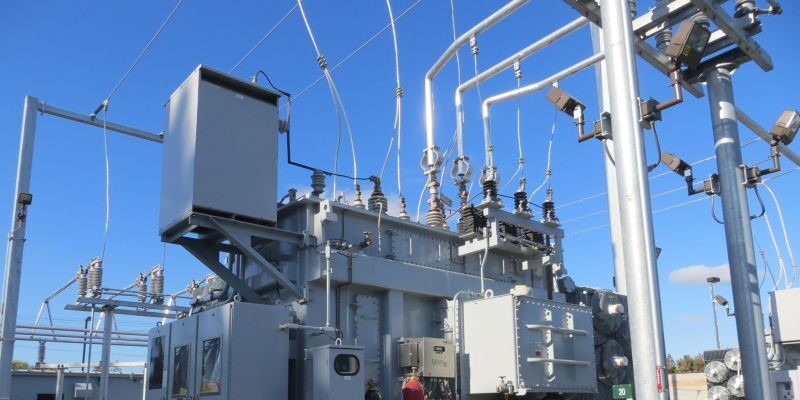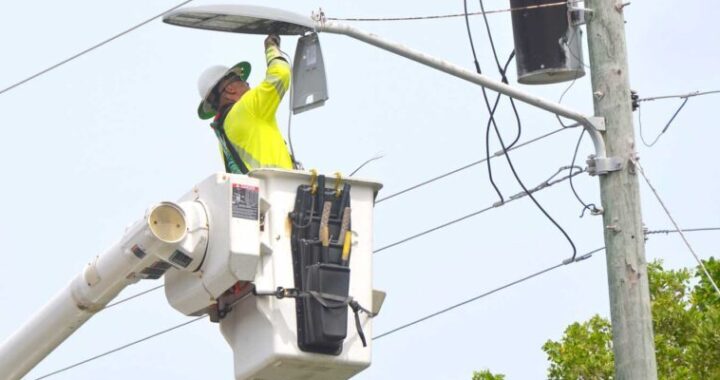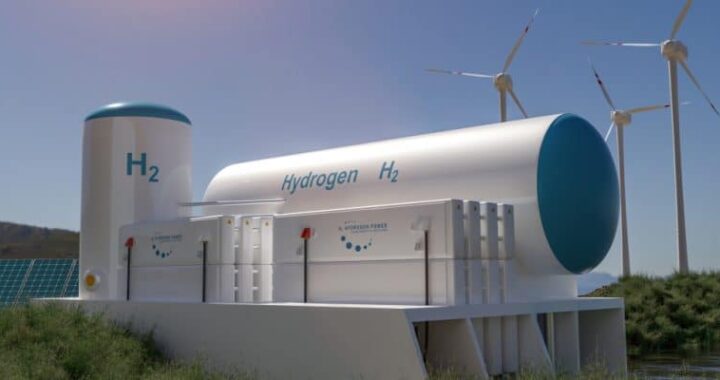Understanding Partial Discharge in Transformers: Causes, Impacts, and Prevention

Transformers are essential components of electrical power systems, responsible for the efficient transmission and distribution of electricity.
However, they are susceptible to a phenomenon known as partial discharge (PD). This article explores the concept of partial discharge, its occurrence within transformers, the potential consequences of its presence, and effective preventive measures.
Partial Discharge in Transformers: Unveiling the Phenomenon Partial discharge refers to localized electrical discharges that transpire within the insulation material of a transformer.
These discharges manifest as small sparks or arcs, transpiring in voids, gaps, or imperfections within the insulation system.
While partial discharge may initially seem innocuous, it serves as an indication of insulation degradation and can lead to severe consequences if left unaddressed.
Where Does Partial Discharge Occur? Partial discharge can occur in several areas within a transformer, including the following:
- Windings: Defects or voids in the insulation system, such as gaps between turns or within the insulation paper, can give rise to partial discharge within the windings.
- Bushings: Insulation defects in the bushings, which facilitate the connection between the transformer and the external power system, can also cause partial discharge.
- Tap Changers: In tap changer compartments, where insulation gaps or oil contamination may be present, partial discharge can occur.
- Insulating Oil: Partial discharge can take place within the insulating oil, especially if it contains impurities or moisture.
The Consequences of Partial Discharge: The presence of partial discharge in a transformer can result in several detrimental effects:
- Insulation Deterioration: Continuous partial discharge activity progressively degrades the insulation system, ultimately leading to insulation breakdown and potentially catastrophic failures.
- Increased Heat: Partial discharges generate localized heat, creating hot spots that accelerate the aging process of the insulation. This phenomenon reduces the operational lifespan of the transformer.
- Reduced Dielectric Strength: Partial discharge weakens the insulation, diminishing its ability to withstand electrical stress. This reduction in dielectric strength heightens the risk of insulation failure.
Prevention and Mitigation Strategies: To prevent or mitigate partial discharge in transformers, the following measures should be implemented:
- Quality Control during Manufacturing: Employing proper manufacturing processes, such as meticulous winding techniques, controlled impregnation, and rigorous testing, minimizes the occurrence of partial discharge defects.
- Regular Insulation Testing: Periodic insulation testing, including partial discharge measurements and insulation resistance tests, enables the identification and monitoring of partial discharge in transformers.
- Proper Maintenance: Regular maintenance practices, such as oil sampling and analysis, aid in the detection of partial discharge or insulation degradation. Prompt corrective actions can be taken to prevent further deterioration.
- Improved Insulation Design: Optimized insulation design, incorporating sufficient clearances, suitable materials, and effective insulation systems, minimizes the likelihood of partial discharge.
- Use of Condition Monitoring: Implementing continuous condition monitoring techniques allows for the early detection of partial discharge, facilitating timely maintenance and intervention to prevent extensive damage.
Partial discharge in transformers poses a significant risk to their performance and reliability. Understanding the causes, consequences, and preventive measures associated with partial discharge is crucial for ensuring the safe and efficient operation of transformers within electrical power systems. By implementing stringent manufacturing processes, conducting regular insulation testing, practicing proper maintenance, improving insulation design, and utilizing condition monitoring, the occurrence and impact of partial discharge can be effectively minimized, thereby enhancing the lifespan and performance of transformers.


 Israel to power Zambia with $100m. solar-wind energy project
Israel to power Zambia with $100m. solar-wind energy project  TENDER FOR THE INSTALLATION OF STREET LIGHTS | ZAMBIA
TENDER FOR THE INSTALLATION OF STREET LIGHTS | ZAMBIA  12 GW solar-to-hydrogen facility to be built in Mozambique
12 GW solar-to-hydrogen facility to be built in Mozambique  Mozambique: Cahora Bassa boosts hydropower production in Q1
Mozambique: Cahora Bassa boosts hydropower production in Q1  ACWA Power Inks MoU for 10 GW Wind Project in Egypt
ACWA Power Inks MoU for 10 GW Wind Project in Egypt  Nareej Saxena Updates Mahalapye Council on Mmamabula Energy Project
Nareej Saxena Updates Mahalapye Council on Mmamabula Energy Project  TENDER FOR THE ESTABLISHMENT OF CODING & ROBOTIC HUBS IN SCHOOLS | SOUTH AFRICA
TENDER FOR THE ESTABLISHMENT OF CODING & ROBOTIC HUBS IN SCHOOLS | SOUTH AFRICA  President Akufo-Addo Inaugurates Dualisation of Anwiankwanta-Ahenema Kokoben Road to Ease Traffic and Boost Connectivity
President Akufo-Addo Inaugurates Dualisation of Anwiankwanta-Ahenema Kokoben Road to Ease Traffic and Boost Connectivity  Angola-Zambia Road Project to Boost Trade and Economy in Eastern Angola
Angola-Zambia Road Project to Boost Trade and Economy in Eastern Angola  Power China Group Utilizes Linnhoff TSD1500 for Key Rural Road Projects in Kenya
Power China Group Utilizes Linnhoff TSD1500 for Key Rural Road Projects in Kenya